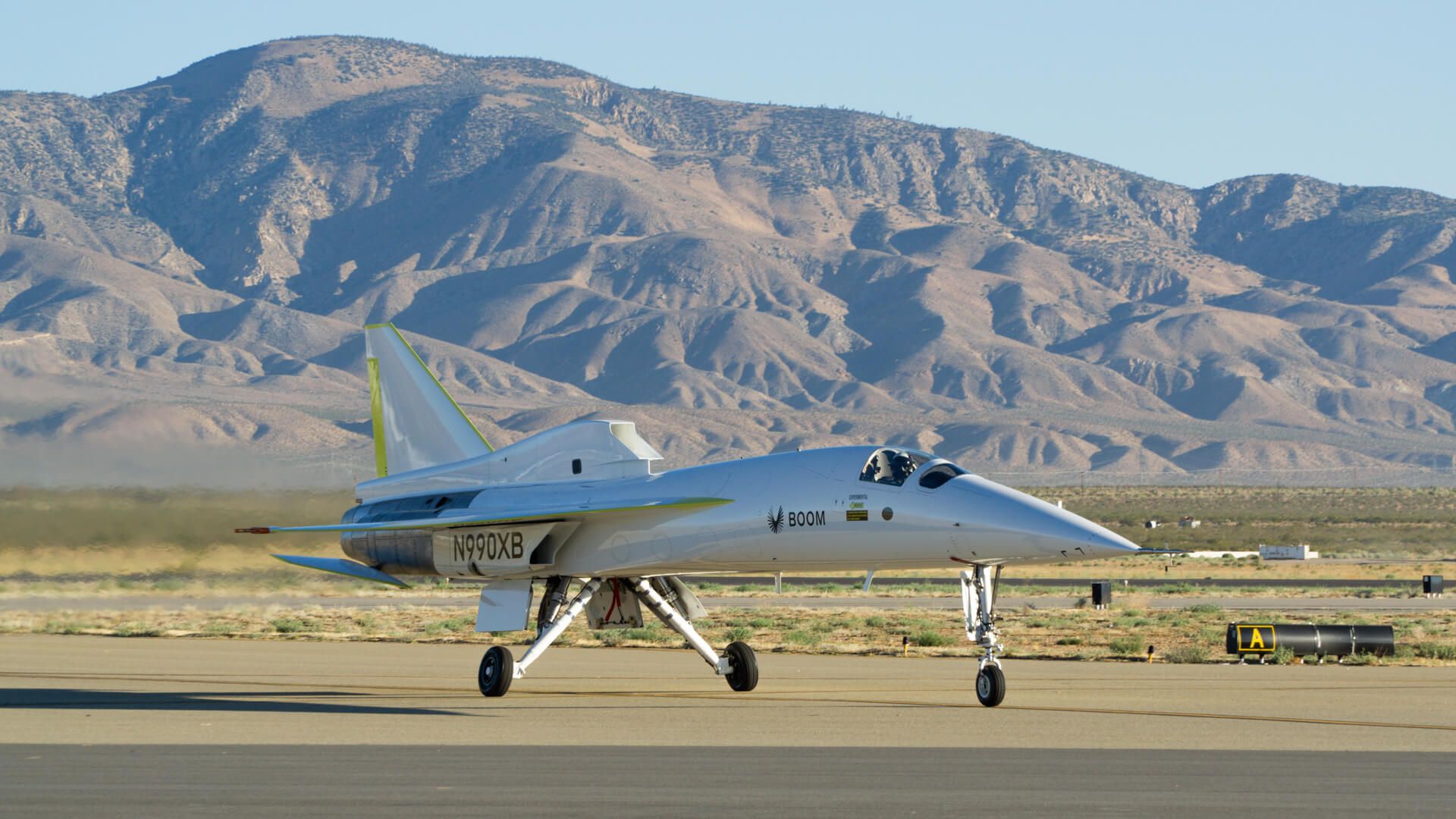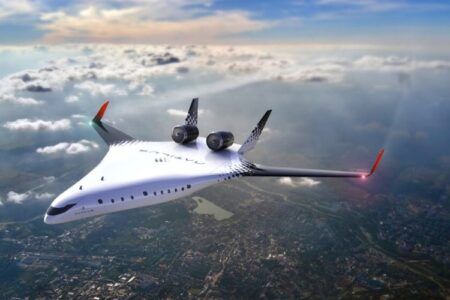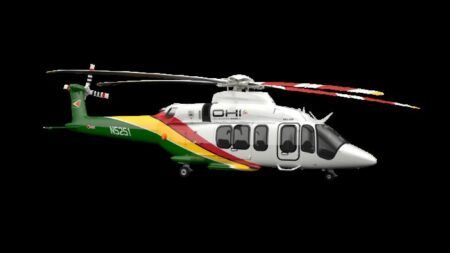Boom Supersonic’s XB-1 test aircraft has passed several key testing milestones ahead of an expected first flight before the end of the year, including runway taxi tests.
XB-1, which is a one third scale aircraft that will test and demonstrate key technologies Boom plans to use on Overture, a supersonic airliner the company is developing.
Earlier this year, XB-1 was moved from the company’s hangar in Centennial, Colorado to the Mojave Air & Space Port in California to continue preparations for flight. The aircraft has undergone extensive ground testing since arriving, including taxi testing last month.
Blake Scholl, Boom Supersonic’s founder and CEO said, “The recent progress made towards XB-1’s first flight reflects the team’s collective efforts to build and safely fly the world’s first independently developed supersonic jet.
In addition to the ongoing testing, XB-1 recently received an experimental airworthiness certificate from US regulator the FAA, following a detailed aircraft inspection.
Boom has also secured letters of authorization to allow chief test pilot Bill “Doc” Shoemaker and test pilot Tristan Gepetto Brandenburg to fly XB-1. Additionally, letters of agreement with airspace authorities are in place allowing for flights of the aircraft over the Mojave desert.
XB-1’s first flight will occur in the same airspace corridor where Chuck Yeager first broke the sound barrier in the Bell X-1 and the Mach 3+, strategic reconnaissance SR-71 “Blackbird” first flew in 1964.
“It’s fitting that XB-1 is now progressing toward first flight at the Mojave Air & Space Port, home to more than 50 first flights and other significant aviation events,” said Shoemaker. “I’m looking forward to flying XB-1, building on the achievements of other talented engineers and pilots who inspire us every day to make supersonic travel mainstream.”

In preparation for flight, Boom’s test pilots have completed hundreds of hours in the simulator for aircraft evaluation, operations development, training, and human factors assessments to achieve the highest levels of safety. The test pilots also maintain flight proficiency in a T-38 trainer aircraft, the same aircraft that will be used as a chase plane for all flight tests of XB-1. To further increase safety, the test pilots will use the T-38 to practice formation flying.
XB-1 details
XB-1 features a carbon composite and titanium fuselage and an ogive (modified delta) wing that Boom says enables safe operation at take-off and landing as well as at supersonic speeds. The aircraft is powered by three General Electric J85 engines that which can produce a combined maximum thrust of 12,300 pounds of force (lbf).
XB-1 was originally revealed in 2020 and was expected to fly in 2021, but the latest updates from Boom are that it plans to fly the demonstrator before the end of this year
XB-1 is being used to validate Boom’s approach to design and advanced CFD (computation fluid dynamics) simulation tools for Overture’s development.




